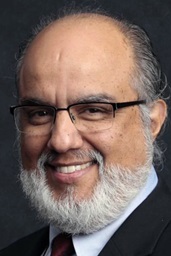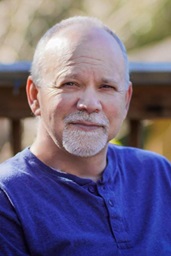The violence at a theater in Aurora, Colo., brought to mind my memories of the violence at Columbine High School on April 20, 1999.
I was the pastor of Park Hill United Methodist Church in Denver from 1997 to 2001 and received the news of the Columbine shootings as I was in my office at the church. I discovered the daughter of one of the staff at the church taught at the school. My staff member had not heard from her daughter, and she understandably was disturbed. I volunteered to drive her to the school, which was in Littleton, outside of Denver.
For one of the few times in my life, I was oblivious to speed limits as I drove to the school. Because we could not drive to the Columbine campus, we were directed to a holding area at a nearby elementary school. There my staff member received a phone call from her daughter indicating she was safe and not among the injured.
As I prepared my sermon for the Sunday ahead, wondering what I could say to address the gun violence that has become far too frequent in our nation, some questions came to my mind. What impact would it have, what teaching value would result, if some family members, parents and others, allowed pictures of their dead loved ones made available for public viewing? Would a depiction of the gun wounds responsible for the death of their family member communicate the seriousness of gun violence that impacts all of us, regardless of our differing views on gun ownership?
Many, maybe most, of the TV murder-mystery programs seem to have no qualms about showing dead victims of violence, with particular attention to the wounds. If those who produce our popular fictional TV programs understand the powerful impact of depicting victims who have been violently murdered, how do we replicate that in real life?
My sermon preparation that week brought to mind not just television programs. I also remembered the death of Emmett Till. He was the 14-year-old boy who was brutally murdered in Mississippi during the racial violence of the 1950s. His mother decided to have a public funeral service with an open casket to “show the world the brutality of his killing.”
But, even as I remembered fictional TV murder mysteries and the real-life death of Till, I dared not in my sermon then suggest that a sharing and showing of pictures of those killed by senseless violence might serve to make all of us take more seriously in our thinking and acting what we might do to curb the violence. I was fearful of the negative reactions my suggestion might create.
Today the tragedy in Aurora has made me ponder more seriously the suggestion I failed to express in the past.
*Caldwell is a retired United Methodist elder now living in Asbury Park, N.J. He also shared his reflections on CNN’s “Faces of Faith” on July 22, 2012.
Like what you're reading? Support the ministry of UM News! Your support ensures the latest denominational news, dynamic stories and informative articles will continue to connect our global community. Make a tax-deductible donation at ResourceUMC.org/GiveUMCom.



